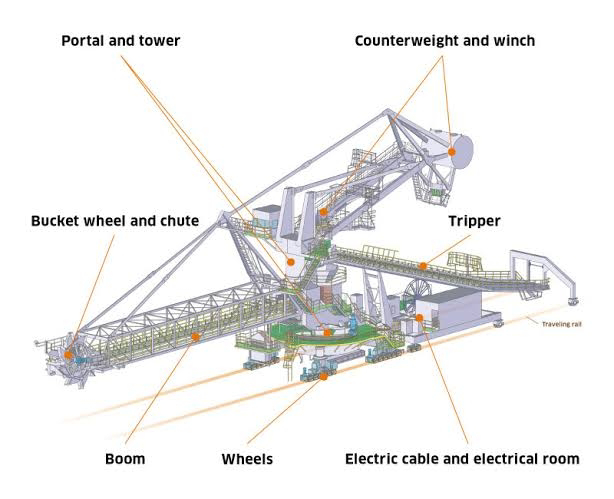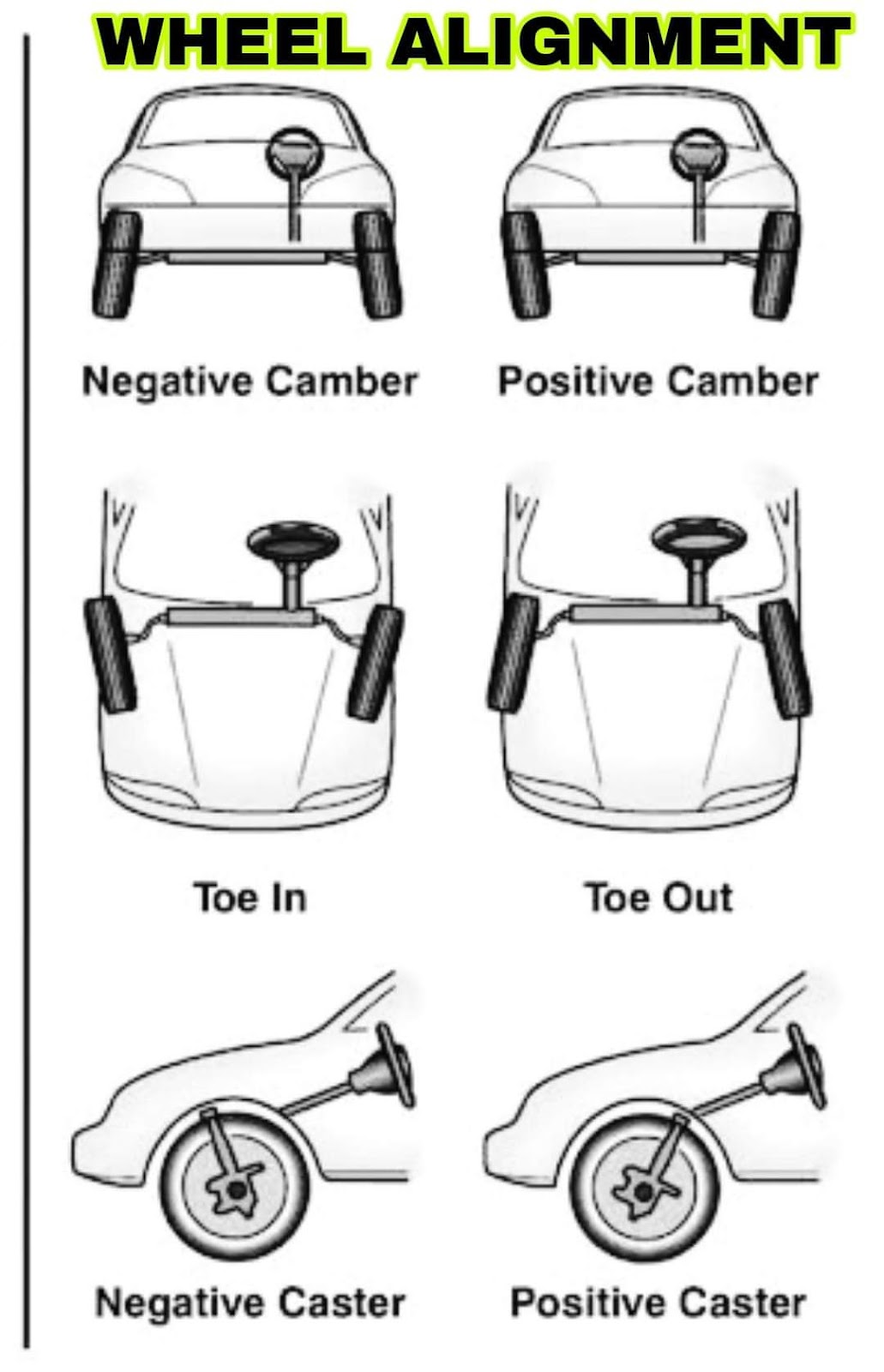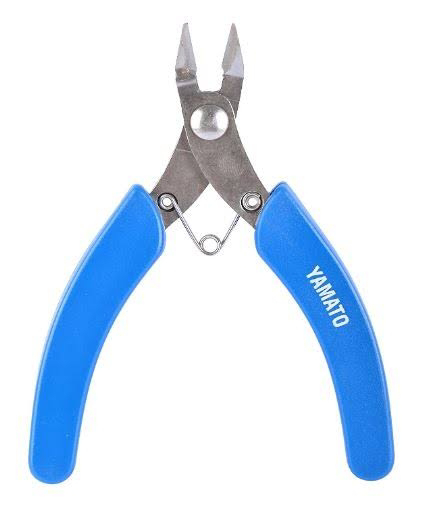Search This Blog
How does Antenna Work?
Two types of Antenna's
1. High Efficiency (HEF)
2. Beam Waveguide (BWG)
1. High Efficiency (HEF)
Antenna Receiving Signal
Receiving Signals
- Signals coming in reflecting off the bowl
- Focusing up through the subreflector
- Traveling down to be processing
Antenna Transmitting Signal
Transmitting Signals
- Signals coming through to be transmitted
- Focused off the subreflector
- Reflected of the reflector surface to be transmitted into space.
2. Beam Waveguide
Beam Waveguide Signals
- Radio waves are focused through the subreflector
- Radio waves are further focused through the foci and travel down the antenna
- Radio waves travel down the beam wave guide through a series of twists and turns
- Radio waves end up below the antenna where they can be processed on site
How Television Antenna Works?
Types of Fittings and Uses
Types of Fittings & Uses
Various types of Fittings are available in the market To control the flow or Measure the flow. The Materials used like Copper, Brass, Stainless Steel, and PVC. Please check the below details for Fittings and their uses.
A. Elbows
1. 90-degree Elbows
Elbows are the types of fittings that change the pipe's angle and direction.
2. 45-degree elbows
3. Street Elbows
B. Tee Fittings
It looks Like the alphabet T. It permits Branch lines in the Piping network.
C. Reducers
Used to attach pipes of various diameters. It makes a small change in diameter.
D. Bushings
To make the diameter of a pipe fitting smaller we prefer Bushings of type fittings
E. Adapator Fittings
Used to vary the edge of non-threaded pipe to male and female threads as required.
F. Caps
It is used to close the edge of dead end pipe.
Frequency Converter
Industrial Mixer
Machines that Blend, Emulsify, Homogenize, or otherwise combine materials into a single substance are known as Industrial Mixers. Mixers fully blend practically any material or liquid required to create a finished product.
Transformer Oil Filteration, Purification Plant and Machine
Transformer oil filtration is a process through which sludge, dissolved moisture, and gasses are removed to secure the oil’s quality and performance. Transformer oil is susceptible to degradation as time advances since it is exposed to acid, dust, and moisture.
Subscribe to:
Comments (Atom)


































